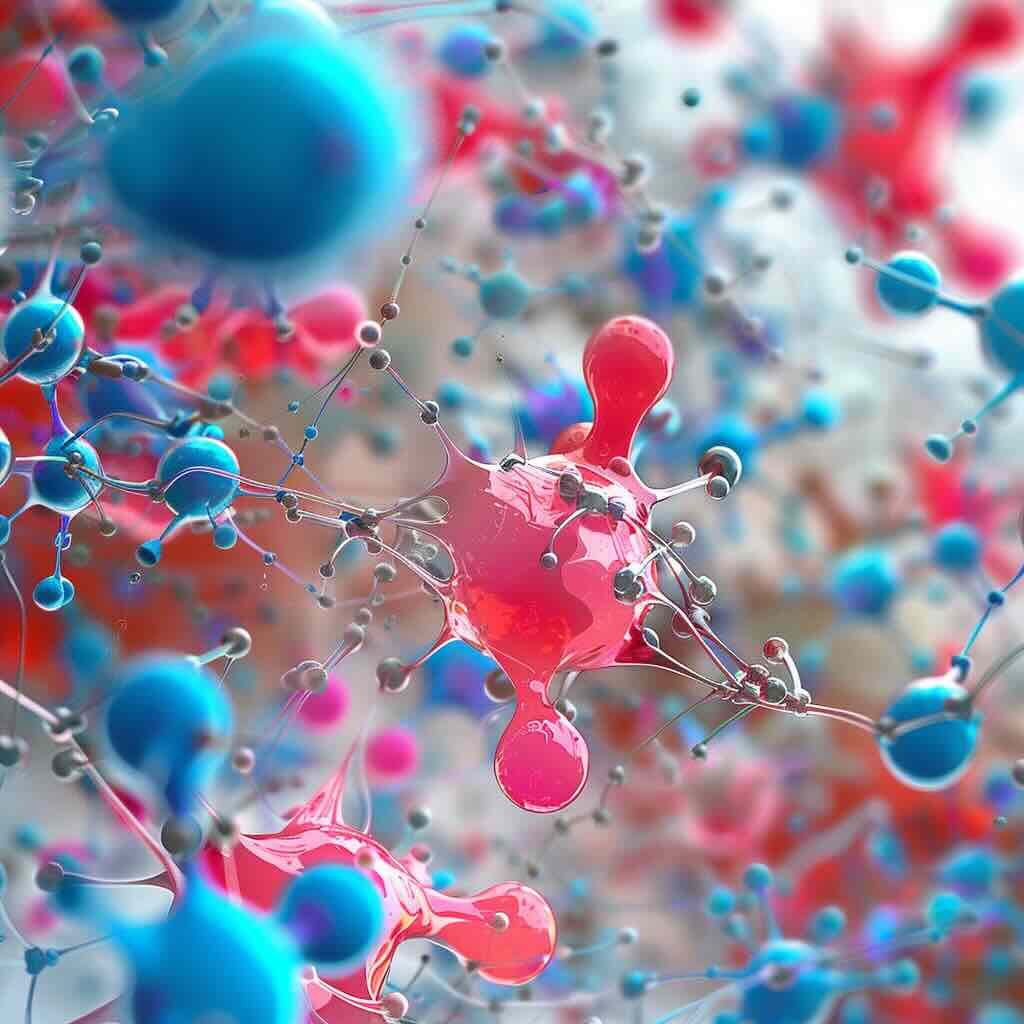Androgenic alopecia is a type of hair loss that causes balding in men and thinning hair in women. Learn how and why alopecia may affect you.
Balding and hair loss aren't just issues for men — women, too, experience the condition known as alopecia, the general term for hair loss. Androgenic alopecia, also known as androgenetic alopecia, is the most common form of alopecia and it is most prevalent among men.
What Is Androgenic Alopecia?
Androgenic alopecia is called male pattern hair loss or male pattern baldness; it is often referred to as female diffuse hair loss when it occurs in women.
Weigh the Pros and Cons of Different Hair Loss Treatment
The most common symptoms of androgenic alopecia are:
- For men, hair loss at both the hairline and on the crown of the head, often resulting in a noticeable "M" shape on the forehead caused by a receding hairline
- For women, a gradual process of hair loss, resulting in thinner hair overall, but without the receding hairline experienced by men
Androgenic alopecia only causes hair loss on the head, not on other parts of the body.
Anyone can get androgenic alopecia, but men experience about 60 percent of the cases, accounting for 35 million men in the United States alone. After the age of 50, more than half of all men have androgenic alopecia to some degree. In women with androgenic alopecia, it most commonly strikes after menopause — affecting up to 40 percent of post-menopausal women by some estimates; it is rare younger in life.
Causes of Androgenic Alopecia
Androgenic alopecia is an inherited, genetic condition thought to be caused by changes in the levels of hormones, notably androgens, that affect hair growth. Some factors that can cause abnormal androgen levels and balding in women are:
- Pregnancy
- Menopause
- Having ovarian cysts or polycystic ovary syndrome (PCOS)
- Taking oral contraceptives that contain high levels of androgens
In men, some factors that are related to or may cause androgenic alopecia include:
- An enlarged prostate
- Prostate cancer
- Coronary heart disease
- High blood pressure
- Diabetes
- Obesity
- Advancing age
Treating Androgenic Alopecia
Though there are ways to treat its effects, hair loss from androgenic alopecia is permanent. There are medications available to encourage new hair growth and lessen balding in both men and women, but you have to take the medications indefinitely to prevent hair from falling out again. Rogaine (minoxidil) is an over-the-counter topical medication approved to treat androgenic alopecia in both men and women. For men, Propecia (finasteride) is a prescription pill approved to treat the condition.
For people who don't want to remain on androgenic alopecia medications indefinitely or who experience side effects, hair transplant surgery may be an option. Hair follicles can be grafted or transplanted to thinning areas of the scalp to encourage healthy hair growth. Some supplements and herbs may have some positive effect in helping to regrow hair in people with androgenic alopecia.
Top Hair Replacement Surgery Option
Talking to your doctor is the best way to tackle the problem of androgenic alopecia, address hair loss under control, and discuss available options for stimulating hair growth.





